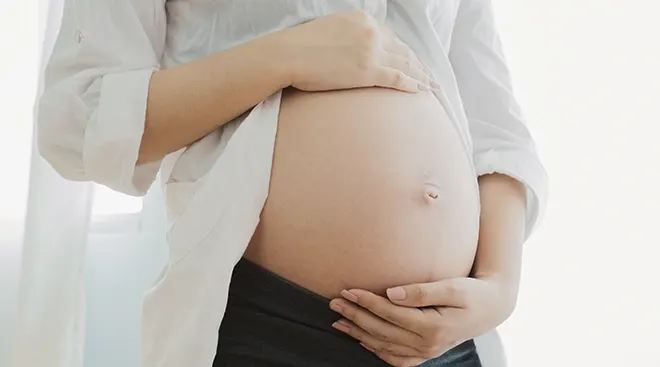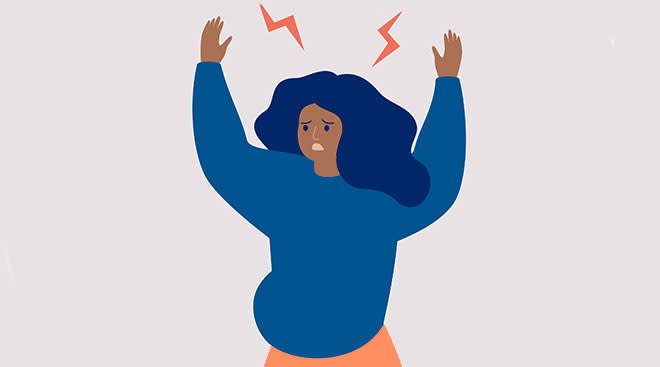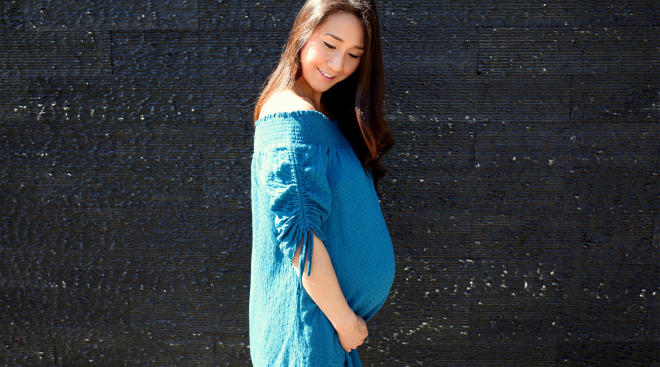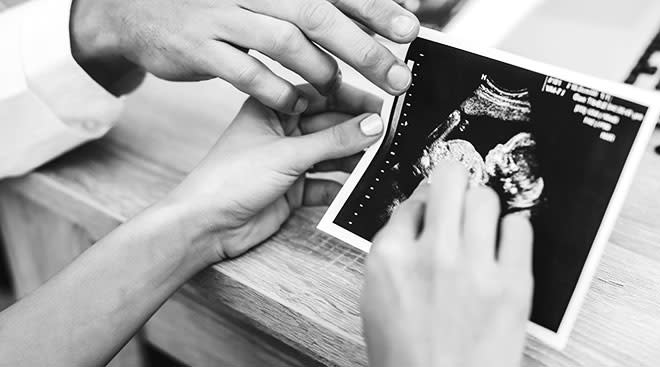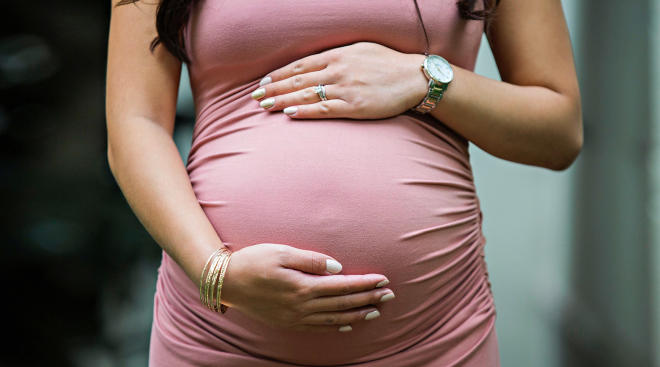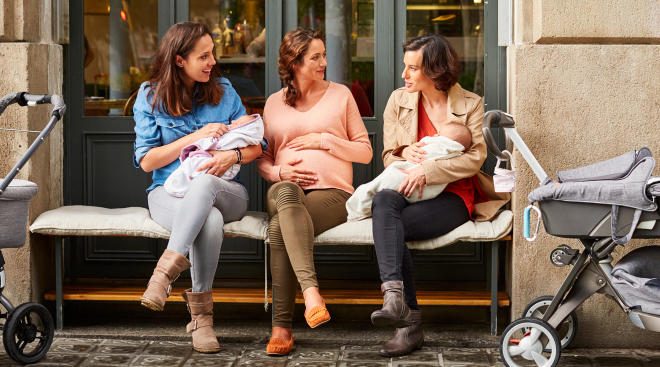“This was the most empowering experience of my life.”
That’s how new mom Kristen Shorey described her delivery at a birth center, after an unmedicated birth in a marble-lined bathtub.
She’s not the only one raving about the experience. While 98 percent of American babies are born in hospitals, the number of babies born in birthing centers has jumped by 56 percent since 2007, making up 16,000 of the 4 million annual births.
No epidurals, no doctors, no surgical intervention tools on hand. So why are birth centers seeing such a surge in popularity? There are several reasons.
-
A shorter stay : Because there are no doctors, operations or anesthesia, women are discharged just hours after giving birth, rather than days.
-
Less expensive : As of 2010, the Affordable Care Act require Medicaid both to pay midwives and to pay birthing centers a facility fee. So operating birth centers has become more economically feasible. Depending on a family’s insurance, a birth center delivery can cost half that of a hospital delivery. While that’s partially tied to shorter stays and lack of medical intervention, health plans with high deductibles facilitate savings too.
-
Post-delivery practices : Midwives will typically follow up after birth, making house calls to check on mom and baby.
-
Good vibes : The no. 1 attraction for moms-to-be? The peaceful, comfortable environment. From plush bedding to marble tubs and high-end sound systems, birthing centers can make labor a luxurious experience.
Still, there are risks. While the American College of Obstetricians and Gynecologists supports accredited birth centers with certified nurse-midwives, it still says the hospital is the safest place to give birth. Only about a third of US birth centers are accredited by the Commission for the Accreditation of Birth Centers. And if you experience a complication or are in need of a c-section, you’ll need to be transported to a hospital. For this reason, birth centers don’t accept women with high-risk pregnancies; if you have high blood pressure, diabetes, are over 35 or are expecting multiples, you’re out.
Another potential downside: There are no pain relievers like epidurals. While space to move, soothing music and warm water are helpful for some women as they fight through contractions, most of the 12 percent of birth center moms who are transported to hospitals make the move to seek pain relief.
Because of this, some newer facilities are bridging the gap between hospital and birthing center. About 20 birthing centers are owned or affiliated with hospitals across the country, half of which are located right within the hospital, but on a separate floor or wing from the regular labor and delivery unit.
(via CNN)
Navigate forward to interact with the calendar and select a date. Press the question mark key to get the keyboard shortcuts for changing dates.










































